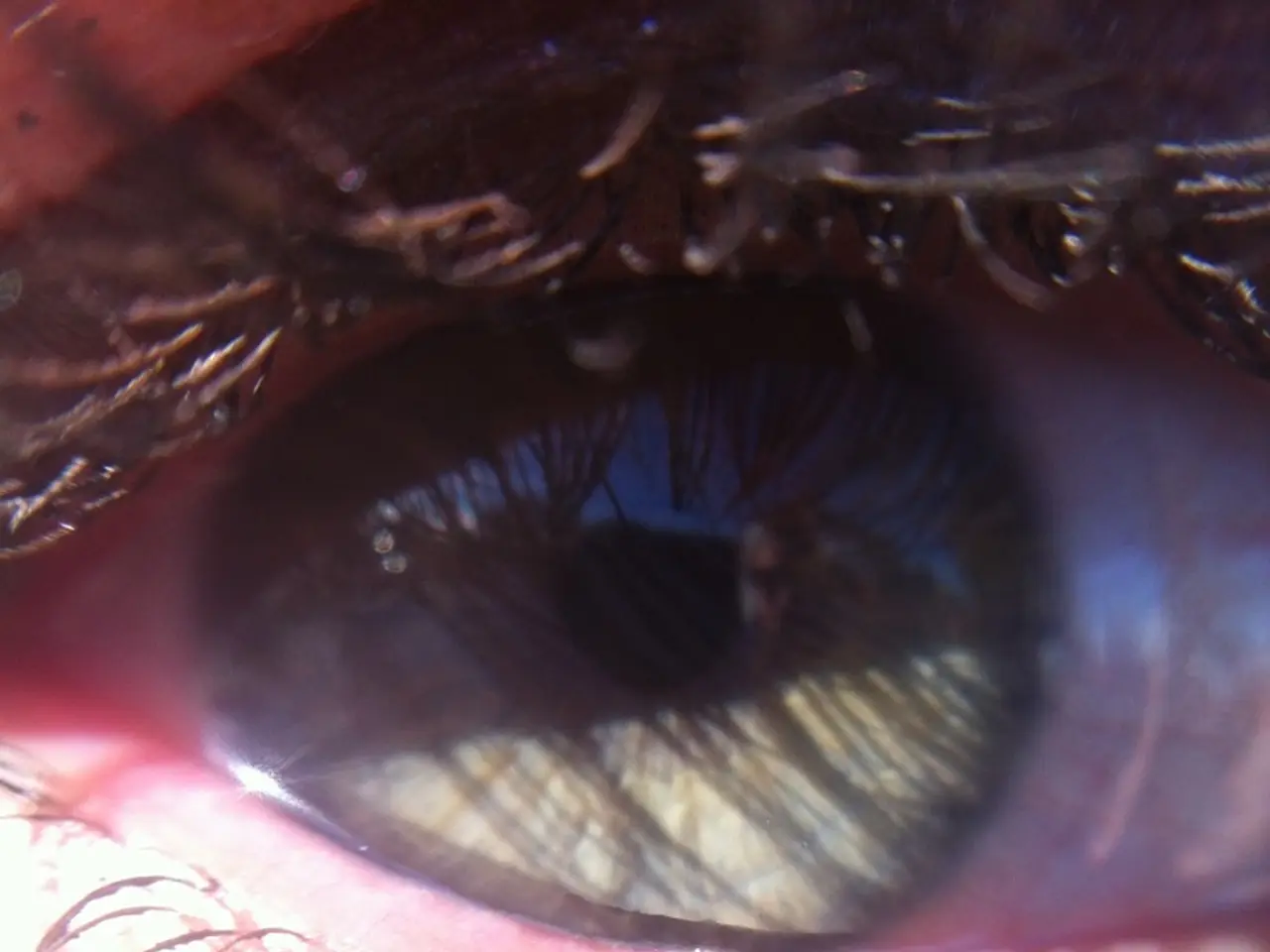Irritated Eyes: Understanding the Causes and Solutions
**Eye Health: Understanding Dry Eye, Eye Injuries, and Pinkeye**
Keeping our eyes healthy is crucial for maintaining overall well-being. This article aims to shed light on three common eye conditions: dry eye disease, eye injuries, and pinkeye (conjunctivitis).
**Dry Eye Disease**
Dry eye disease occurs when the eyes do not produce enough tears or the quality of tears is inadequate, leading to insufficient lubrication. Common causes include aging, medications, environmental factors, hormonal changes, and medical conditions. Symptoms include burning or stinging sensations, redness, irritation, a gritty or sandy feeling, watery eyes (a reflex response to dryness), blurred or fluctuating vision, sensitivity to light, and eye fatigue. Management includes artificial tears or lubricating drops, prescription anti-inflammatory or tear-stimulating medications, punctal plugs to retain moisture, and lifestyle changes such as using humidifiers, reducing screen time, wearing sunglasses, staying hydrated, and eating omega-3-rich foods. If symptoms are persistent, severe, or interfere with daily activities, consult an eye doctor.
**Eye Injuries**
Eye injuries can result from blunt trauma, foreign objects, chemical exposure, burns, or lacerations. Symptoms vary by injury but may include pain, redness, blurred vision, tearing, light sensitivity, visible bleeding, swelling, or a foreign body sensation. Severe injuries may cause vision loss. Management depends on injury type: minor abrasions may heal with antibiotic ointments and protective patches, while foreign bodies should be carefully removed by a professional. Chemical exposures require immediate irrigation with water. Serious injuries may need surgical intervention. Always seek immediate emergency care for chemical exposure, penetrating injuries, severe pain, vision loss, or if an object cannot be easily removed.
**Pinkeye (Conjunctivitis)**
Pinkeye is inflammation of the conjunctiva, most commonly due to viral or bacterial infections, allergies, or irritants. Viral and bacterial forms are contagious. Symptoms include redness, pain, burning, scratchiness, itchiness (especially with allergies), increased tearing, discharge (may cause eyelids to stick together), and sensitivity to light. Itching is more prominent in allergic cases. Viral conjunctivitis typically resolves on its own; cool compresses and artificial tears may relieve discomfort. Bacterial cases may resolve without treatment, but antibiotics can shorten duration. Allergic conjunctivitis is managed with antihistamines or mast cell inhibitors. Hygiene (handwashing) is crucial to prevent spread. Seek medical care if there is significant pain, vision loss, sensitivity to light, symptoms of herpes infection, or if symptoms do not improve after a week. Neonatal conjunctivitis requires prompt treatment.
In conclusion, prompt medical evaluation is crucial for all three conditions if there is pain, vision changes, or lack of improvement, as timely intervention can prevent complications and preserve eye health. It's always best to consult a healthcare professional for any concerns regarding eye health.
- Dry eye disease, a common eye condition, can be caused by aging, medications, environmental factors, hormonal changes, and medical conditions such as psoriatic arthritis and MDD (major depressive disorder).
- Science continues to unveil the link between eye health and overall health-and-wellness, with research suggesting a potential association between dry eyes and HIV in certain cases.
- Ads for eye drops or health-and-wellness products may appear frequently on platforms promoting 'RA' (rheumatoid arthritis) awareness campaigns, as some RA patients experience dry eye symptoms.
- In the realm of healthcare and science, it's essential to understand that pinkeye, or conjunctivitis, can be caused by viral, bacterial, allergic, or irritant factors, making it crucial to maintain good hygiene to prevent its transmission.
- While managing dry eye disease or pinkeye with treatments like artificial tears, lubricating drops, or antibiotic ointments at home may seem appealing due to consumer ads (ADs), it's always best to consult an eye doctor if symptoms persist, become severe, or interfere with daily activities.
- Although certain medical conditions like dry eye disease or conjunctivitis can be managed with over-the-counter treatments, it's vital to prioritize consulting a healthcare professional for any eye health concerns, as prompt medical evaluation can prevent complications and preserve eye health.




